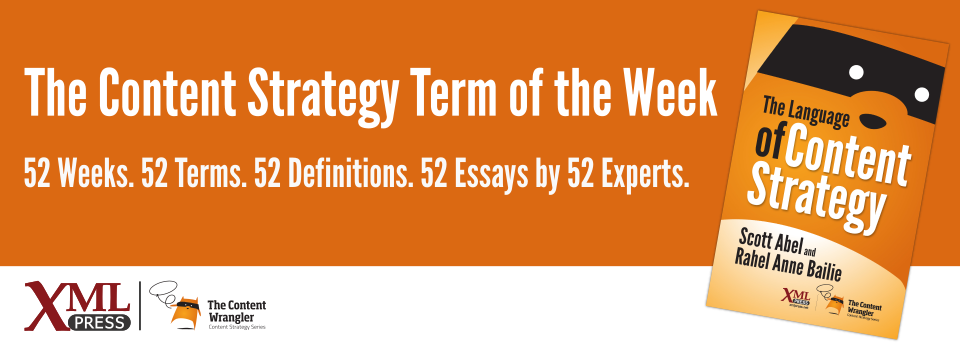What is it?
A set of guidelines and standards covering areas such as vocabulary, editing, tone, and voice. May extend to structural aspects of content.
Why is it important?
Assists with consistency across a body of content and reinforces best practices, ultimately supporting business goals.
Why does a content strategist need to know this?
A style guide defines grammar, spelling, and usage topics unique to your organization, such as product name capitalization, as well as style issues that reflect the branding or image of a company. Is the language of your content formal or casual? How do you address your audience? The style guide establishes a voice and tone that enable writers and editors to create consistent content across deliverables.
Consistency of language makes it easier for multiple writers to create a single, cohesive message and gives editors a baseline from which to work. Compliance with a style guide can help improve comprehension across a multinational audience and reduce translation costs. By standardizing phrases and choosing one word for each meaning (do you press, touch, or click a button?), you reduce the number of words that need to be translated.
A style guide may also include a breakdown of guidelines for content based on delivery mechanism. For example, it may specifically prohibit abbreviations like U for “you” and R for “are” on popular microblogging sites such as Twitter or specify the type of content that should or shouldn’t be shared on social media like Facebook or LinkedIn forums.
A good corporate style guide references (but does not duplicate or replace) published style guides. If you duplicate content found elsewhere, your style guide will quickly become bulky, complex, and difficult to enforce. Aim for the minimum amount of guidance that will enable the tone and voice your organization wants to project.










